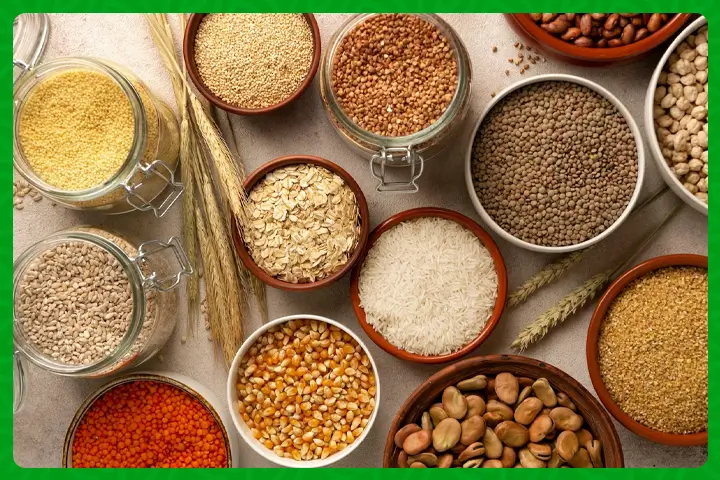
Namibia, a land of stunning landscapes and rich cultural heritage, faces a pressing challenge that demands attention – a significant shortfall in grain production. The latest data reveals that in June 2023, the country had to import a staggering N$142 million worth of cereal grain from Poland. This sobering revelation, as reported by the Namibia Statistics Agency (NSA), sheds light on the gravity of the situation. In the second quarter of 2023, Namibia’s own grain production of maize, wheat, and millet plummeted to alarming levels, necessitating imports worth N$299.2 million.
The Grain Production Plunge
During this period, Namibia could muster a mere 21,953 tonnes of cereal grain. White maize dominated the production, accounting for 21,648 tonnes, followed by millet with 295 tonnes, and wheat lagging behind with a mere 10 tonnes. This marked a staggering 60.1% decline in total agronomy production compared to the second quarter of 2022 when 55,036 tonnes were recorded.
The Costly Import Bill
As Namibia grapples with the aftermath of low grain production, the import bill for cereal grains has risen significantly. Wheat imports topped the list, valued at N$171.9 million, followed by maize at N$121.2 million, and rice at N$3.3 million. The majority of these imports were sourced from South Africa, accounting for N$155.0 million, while Poland supplied N$142.0 million, representing substantial shares of 51.8% and 47.5%, respectively.
Rising Food Insecurity and Inflation
The consequences of low grain production are felt not only in the balance sheet but also in the daily lives of Namibians. Food insecurity looms large as the prices of essential items surge due to increased import costs. The Namibia Agricultural Union’s (NAU) second-quarter review paints a concerning picture, with food inflation escalating from 6.6% to a worrying 13.3% when comparing January-June 2022 with the same period in 2023. Notable increases are observed in categories such as bread and cereals, as well as vegetables, including potatoes and other tubers. The overall annual inflation rate during this period also rose from 5.1% to 6.5%.
Impact on Consumer Buying Power and Drought Relief
The NAU report underscores that elevated inflation has left consumer buying power weakened, affecting the demand for agricultural produce and other essentials. Over 500,000 Namibians now grapple with food insecurity, relying on stores for sustenance and government drought relief programs to bridge the gap.
Amta’s Response to Low Production
The country’s low grain production has also prompted the Agro-Marketing Trading Agency (Amta), responsible for managing Namibia’s grain silos, to reduce its grain needs drastically, from 9,125 tonnes of white maize to just 5,000 tonnes. This reduction reflects the stark reality of the situation.
Looking Ahead
As Namibia navigates the challenges posed by this grain crisis, a critical question arises: How can the nation ensure food security in the face of unpredictable production levels and rising import costs? This is a matter that demands concerted efforts from all stakeholders, as the well-being of the nation’s citizens hangs in the balance. The period from November 2023 to April 2024 will be a testing time, with Amta requiring 1,000 tonnes of cereal grains each month. The road ahead is challenging, but it is also an opportunity for innovation and resilience as Namibia charts its course towards a more secure future.
Stay updated with the latest farming tips and agriculture industry news from Africa by subscribing to our newsletter. Don’t miss out on valuable insights and updates. Follow us on Twitter, LinkedIn, and Facebook to join our farming community and stay connected with us.



















